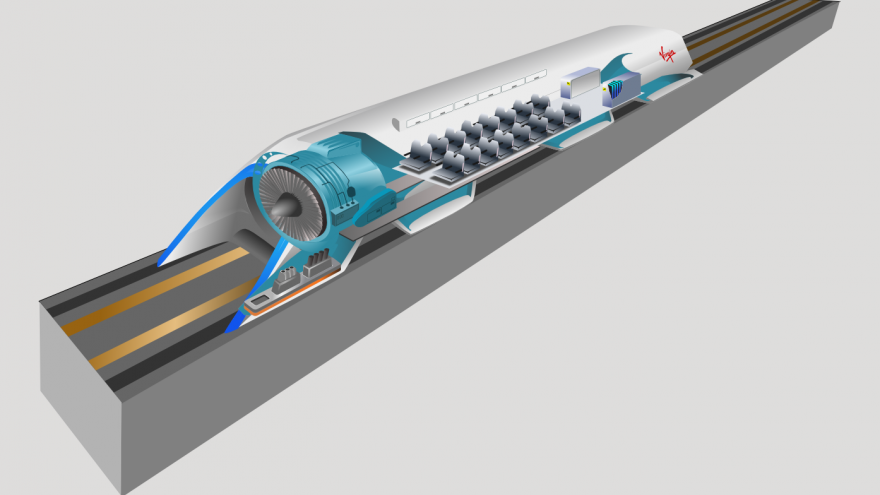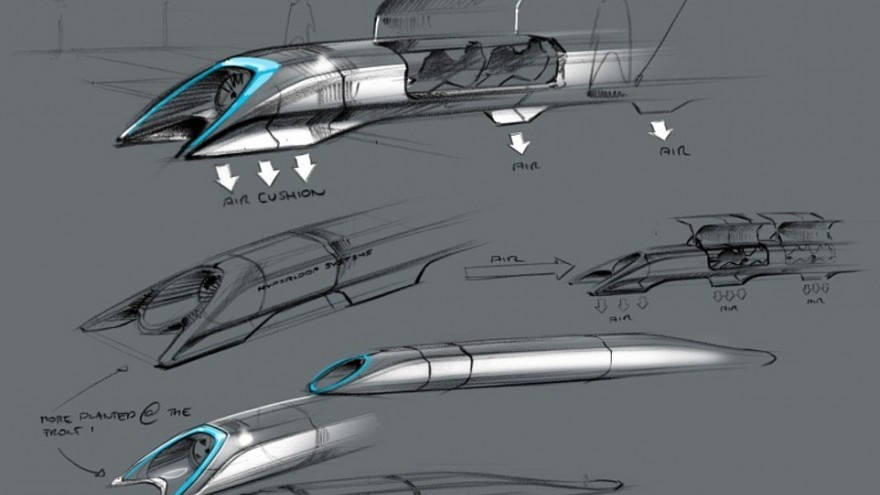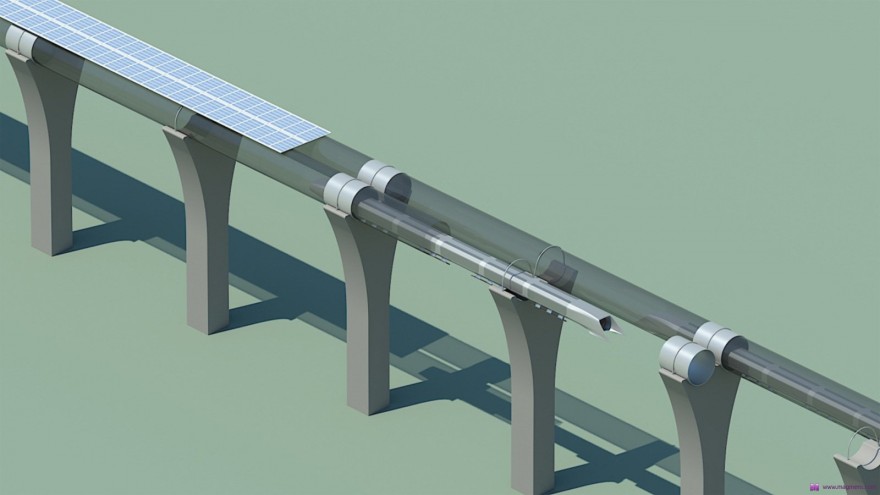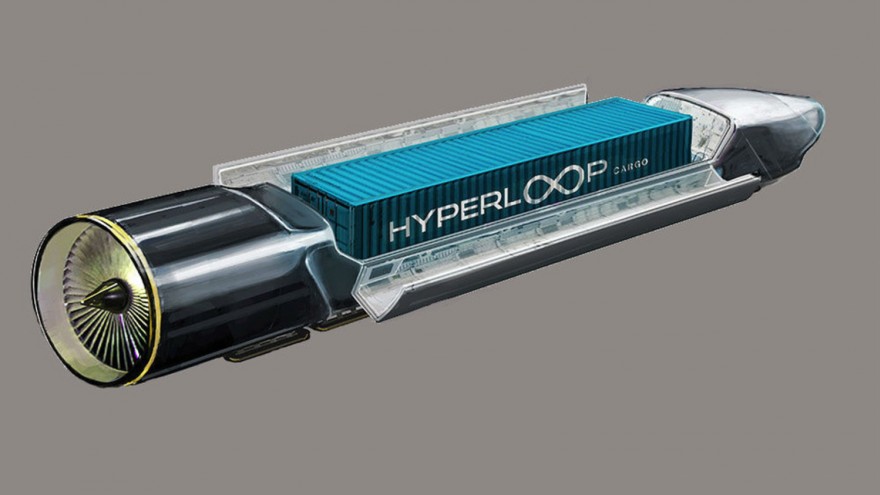The Hyperloop concept could revolutionise mass transport of passengers and cargo in the near future. It is a transport project that would shorten on-land travel times greatly while reducing environmental damage simultaneously.
The train-like concept was introduced in 2012 by Elon Musk and has since been under development by SpaceX. The design of Hyperloop’s infrastructure is predicted to be a linear track between the cities of Los Angeles and San Francisco – the designers are connecting these metros as a starting point to figure out the nitty-gritty implications of such an advanced transit system. With Hyperloop, that trip is projected to take about 35 minutes.
The system would take the form of above-ground ‘highway’ tubes and cargo pods that would glide inside these channels at speeds that exceed 700 miles per hour. It is an evolution of modern maglev (magnetic levitation) railway technology found in the Shanghai Maglev Train today.
Hyperloop would use magnetic accelerators that are built into the length of the tubes, propelling the pod forward with the force of magnetism and it would be cushioned by a low-pressure environment inside the tube. Hyperloop would be enveloped by a layer of air which allows the pod to glide rather than ride, minimising friction.
In order to prevent air from pressurising and building up at the front of the pod, SpaceX’s preliminary designs include an air compressor that would funnel excess air from the front of the pod to the tail of the structure. The top of the tubes would be lined with solar panels to consign a large portion of its power requirements to renewable energy.
The Hyperloop concept originated as an answer to the California High-speed Rail system, a bullet train network that is currently being built which some have criticised as too expensive and swallowing up too much land. Hyperloop also aims to bypass the problems of road transit at large – veering oil prices, increasing effects of carbon-generated energy and rising congestion in urban areas.
A prevailing drawback in the Hyperloop concept is its reliance on straightforward transit – the tube has to be quite rigid to safely accommodate a cargo pod that is hurtling along inside of it, so changing direction or accounting for elevation is difficult to execute. Hyperloop’s design cannot navigate large turns or sharp changes in altitude yet.
SpaceX has opened a public competition for university engineers to help overcome this. Students were invited to develop and submit their own prototypes which can eventually be tested at SpaceX’s own proving grounds in California. The competition is currently in its second phase and its first event is slated for January 2017.










